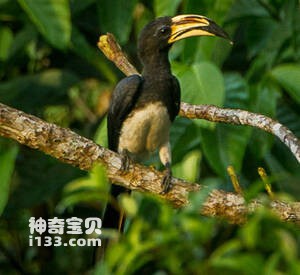
Lophoceros fasciatus
Lophoceros fasciatus,Tockus fasciatus,African pied hornbill,Pied Hornbill,West African Pied Hornbill
The species is known as Lophoceros fasciatus, Tockus fasciatus, and African ···
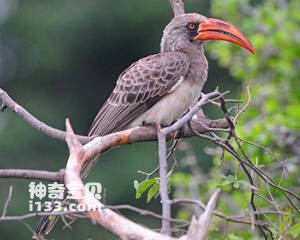
Lophoceros bradfieldi
Lophoceros bradfieldi,Tockus bradfieldi,Bradfield's hornbill
Lophoceros bradfieldi, Tockus bradfieldi, and Bradfield's hornbill are e···
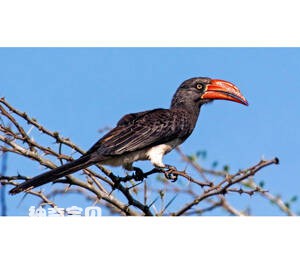
Lophoceros alboterminatus
Lophoceros alboterminatus,Tockus alboterminatus,Crowned Hornbill
Its scientific name is Tockus alboterminatus and its foreign name is Crowned···
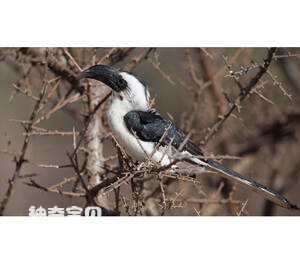
Tockus deckeni
Tockus deckeni,Von der Decken's Hornbill
Tockus deckeni, also known as Von der Decken's Hornbill, is a tropical, ···
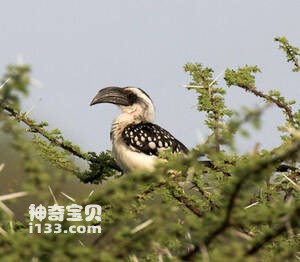
Tockus jacksoni
Tockus jacksoni,Jackson's Hornbill
Jackson's Hornbill is known as Tockus jacksoni or Jackson's Hornbill···
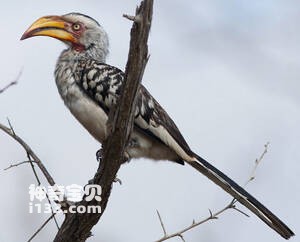
Tockus leucomelas
Tockus leucomelas,Southern Yellow-billed hornbill
The Southern Yellow-billed hornbill is known as Tockus leucomelas and southe···
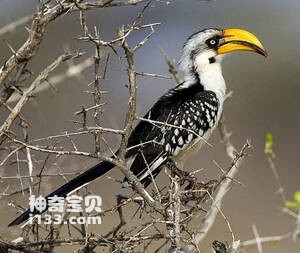
Tockus flavirostris
Tockus flavirostris,Northern yellow-billed hornbill,Eastern Yellow-billed hornbill
The scientific name of the Northern yellow-billed hornbill is Tockus flaviro···
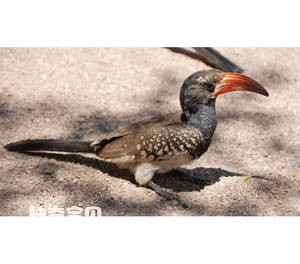
Tockus monteiri
Tockus monteiri,Monteiro's Hornbill
Its scientific name is Tockus monteiri, the foreign name is Monteiro's H···
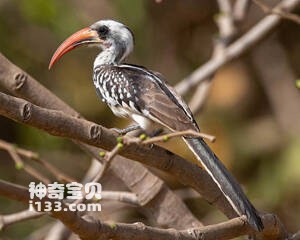
Tockus kempi
Tockus kempi,Western red-billed hornbill
Western red-billed hornbill scientific name Tockus kempi, foreign name Weste···
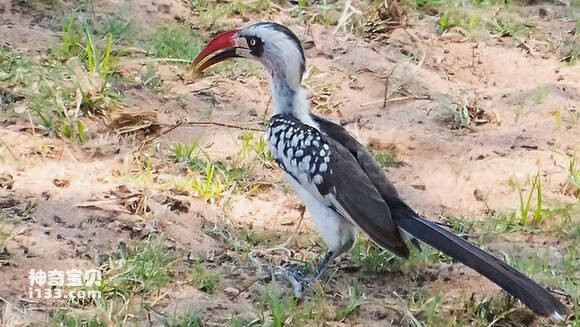
Tockus ruahae
Tockus ruahae,Tanzanian red-billed hornbill
The Tanzanian red-billed hornbill is known as Tockus ruahae and Tanzanian re···
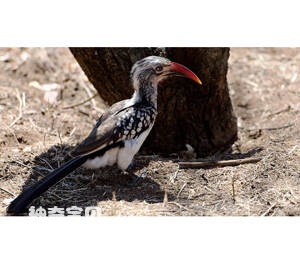
Tockus rufirostris
Tockus rufirostris,Southern Red-billed Hornbill
The Southern Red-billed Hornbill is known as Tockus rufirostris or Southern ···
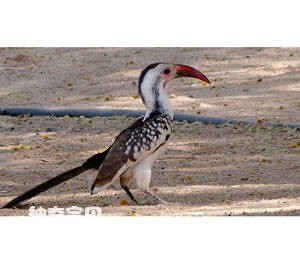
Tockus damarensis
Tockus damarensis,Damara Red-billed Hornbill
The Damara Red-billed Hornbill is known as Tockus damarensis or Damara red-b···
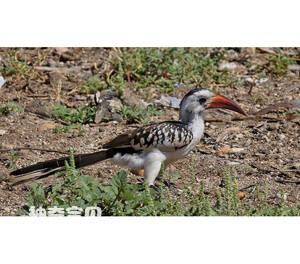
Tockus erythrorhynchus
Tockus erythrorhynchus,Red-billed Hornbill,Northern red-billed hornbill
Tockus erythrorhynchus, Red-billed hornbill, Northern red-billed hornbill, i···
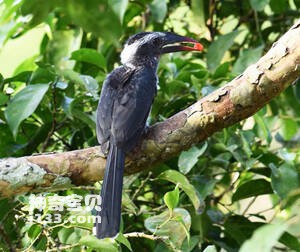
Tockus nasutus
Tockus nasutus,African Grey Hornbill
The species is known as Tockus nasutus and African Grey Hornbill.Protect wil···
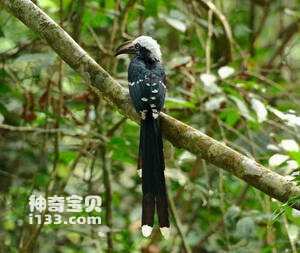
Tockus albocristatus
Tockus albocristatus,White-crested hornbill
The long-tailed curvebill is known as Tockus albocristatus and White-crested···
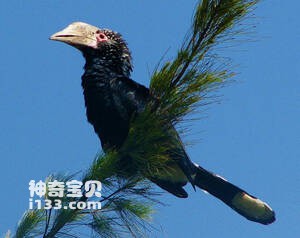
Ceratogymna brevis
Ceratogymna brevis,Silvery-cheeked Hornbill
The scientific name Ceratogymna brevis, foreign name Silvery-cheeked Hornbil···
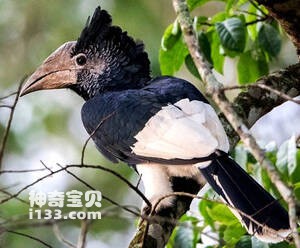
Ceratogymna subcylindricus
Ceratogymna subcylindricus,Black-and-Whited-casqued Hornbill
The species is known as Ceratogymna subcylindricus and Black-and-Whited-casq···
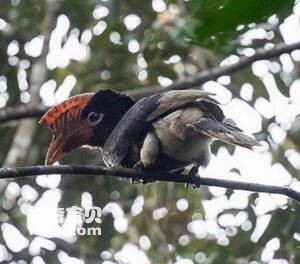
Ceratogymna cylindricus
Ceratogymna cylindricus,Brown-cheeked Hornbill
Ceratogymna cylindricus, or Brown-cheeked Hornbill, is unknown.Protect wild ···
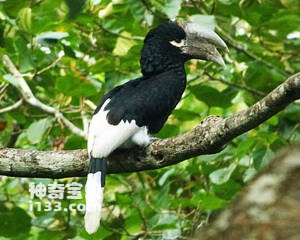
Bycanistes albotibialis
Bycanistes albotibialis,White-thighed Hornbill
Its scientific name is Bycanistes albotibialis, and its foreign name is Whit···
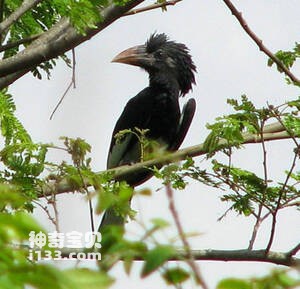
Bycanistes fistulator
Bycanistes fistulator,Piping Hornbill
The scientific name of the Hornbill is Bycanistes fistulator, and the foreig···
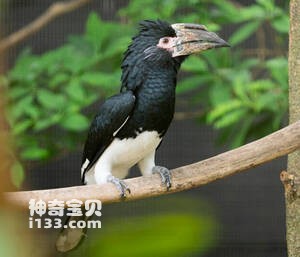
Bycanistes bucinator
Bycanistes bucinator,Trumpeter Hornbill
The scientific name of the Hornbill is Bycanistes bucinator, or Trumpeter Ho···
